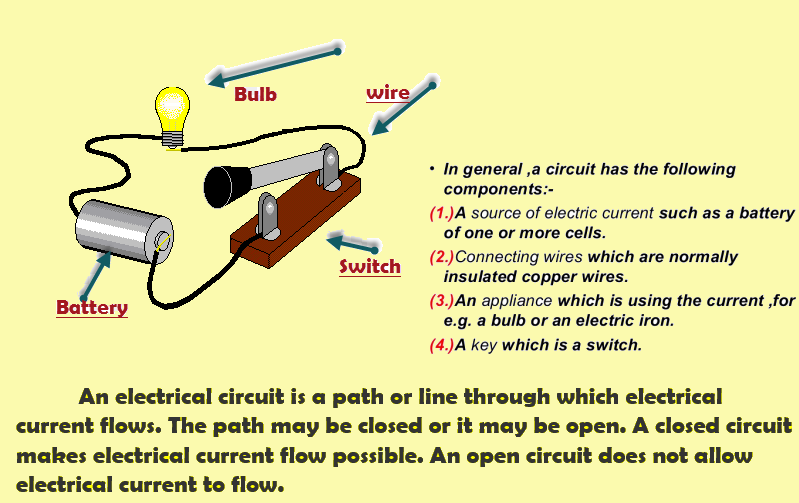
Basics of Physics Worksheet-3
A. Heat energy B. Chemical energy
C. Light energy D. Electrical energy
A. Hydropower B. Growing fruits
C. Hitting a ball with a bat D. Bicycle brakes
A. Battery B. Sun C. Generator D. Car
A. Opaque B. Transparent
C. Dark materials D. Colored glass

A. Both B. None C. 20 Kg D. 10 Kg

A. Twelve hours
B. Three hours
C. Three hours thirty minutes
D. Six hours thirty minutes

A. 1 - C, 2 - D, 3 - B, 4 - A B. 1 - A, 2 - D, 3 - C, 4 – B
C. 1 - C, 2 - D, 3 - A, 4 – B D. 1 - C, 2 - B, 3 - A, 4 - D
A. Double sound B. Vibration
C. Echo D. Bouncing
A. Muscular force B. Gravitational force
C. Mechanical force D. Frictional force
A. Decreases B. Remains the same
C. Increases D. Increases or decreases
Answer Keys:
(1)–D; (2)–D; (3)–B; (4)–A; (5)–C; (6)–B; (7)–C; (8)–C; (9)–D; (10)–C